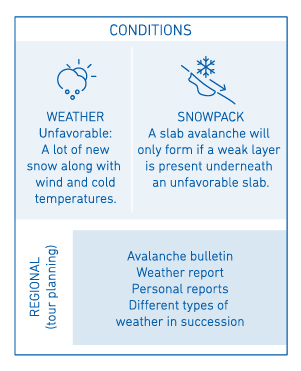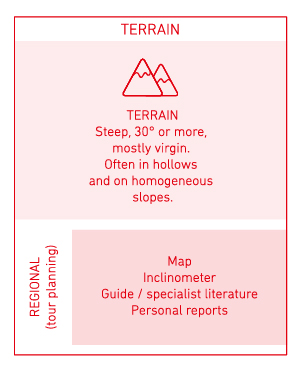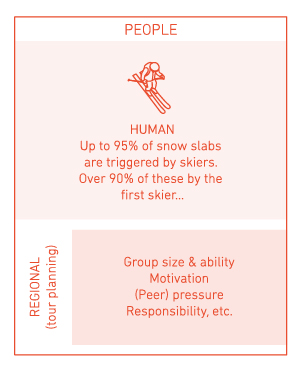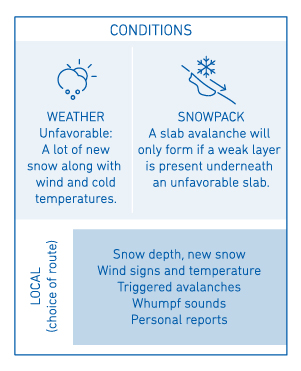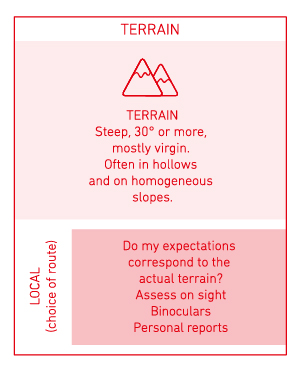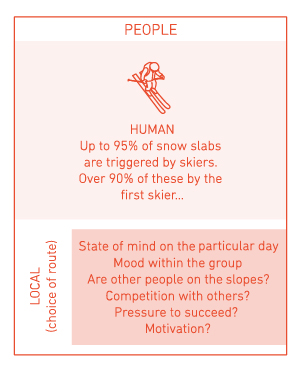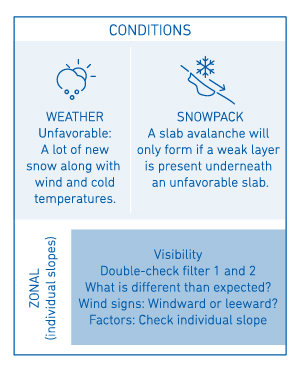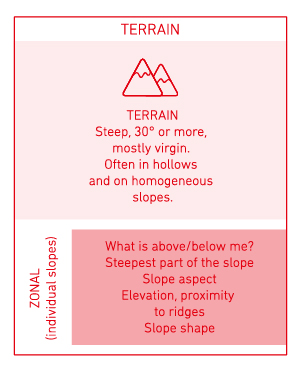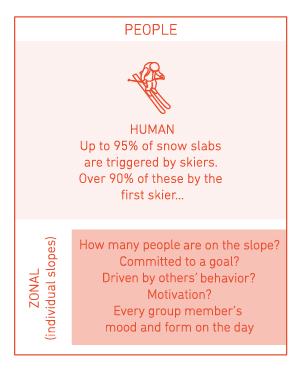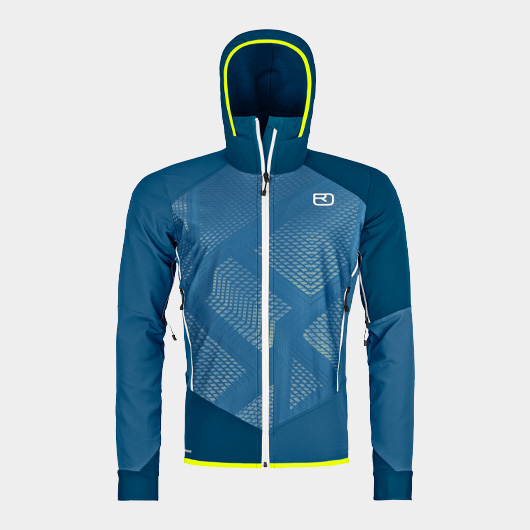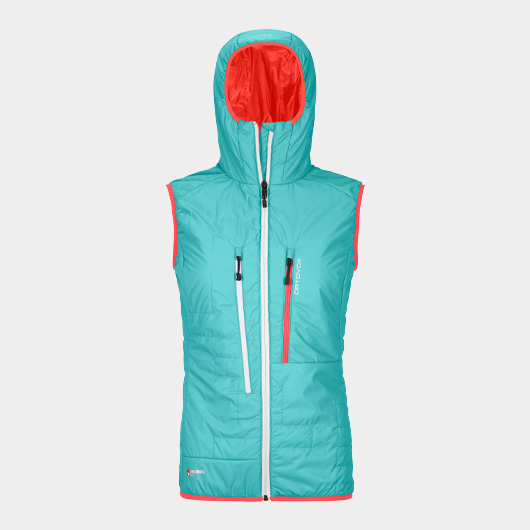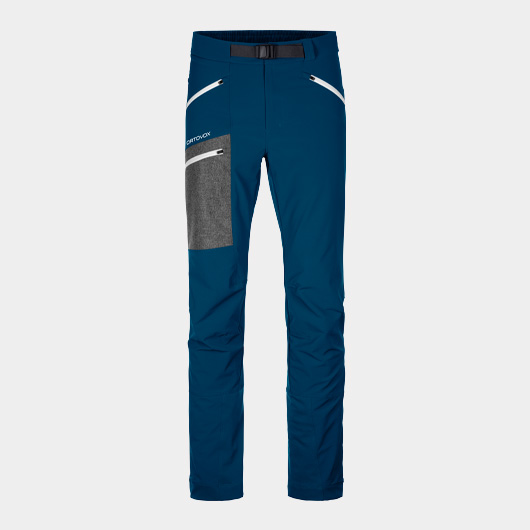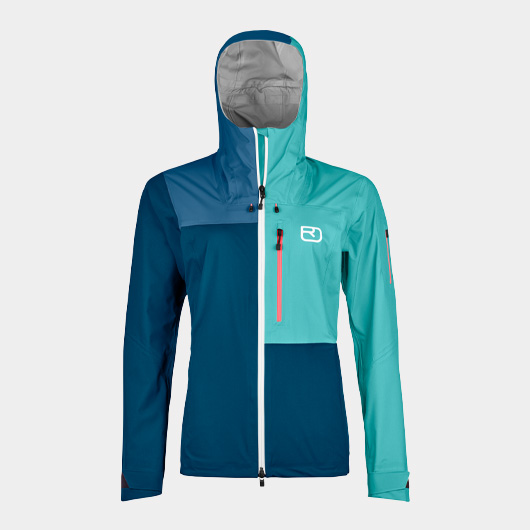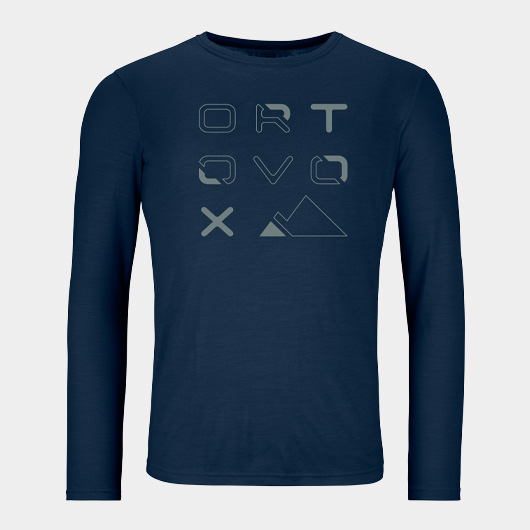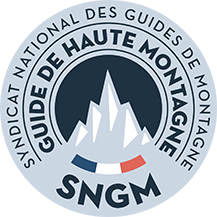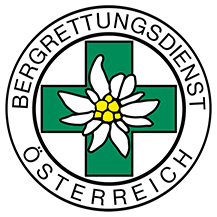VIDEO
ASESSING AVALANCHE DANGER: THE 3x3 FILTER METHOD
3x3 AVALANCHE FACTORS
Three factors – “conditions”, “terrain” and “people” – are observed together to estimate avalanche danger and aid decision making. This is done on three levels, or in three phases: When planning at home (regional), in the mountains (local), and on the specific slope itself (zonal). The information and knowledge regarding the three factors becomes increasingly precise, judgements more accurate, and decisions more appropriate as the distance decreases!
The 3x3 filter method is a way to observe the relevant points “conditions”, “terrain” and “people” on three levels or in three phases: Tour planning at home. In the mountains, by observing and comparing them with the tour plan – what is different? What is as expected? And finally on the individual slope, when it’s time to decide: “go” or “no go”? If the decision is “go”, the next thing to decide is how to tackle the slope.

The 3x3 filter method is a way to observe the relevant points “conditions”, “terrain” and “people” on three levels or in three phases: Tour planning at home. In the mountains, by observing and comparing them with the tour plan – what is different? What is as expected? And finally on the individual slope, when it’s time to decide: “go” or “no go”? If the decision is “go”, the next thing to decide is how to tackle the slope.

